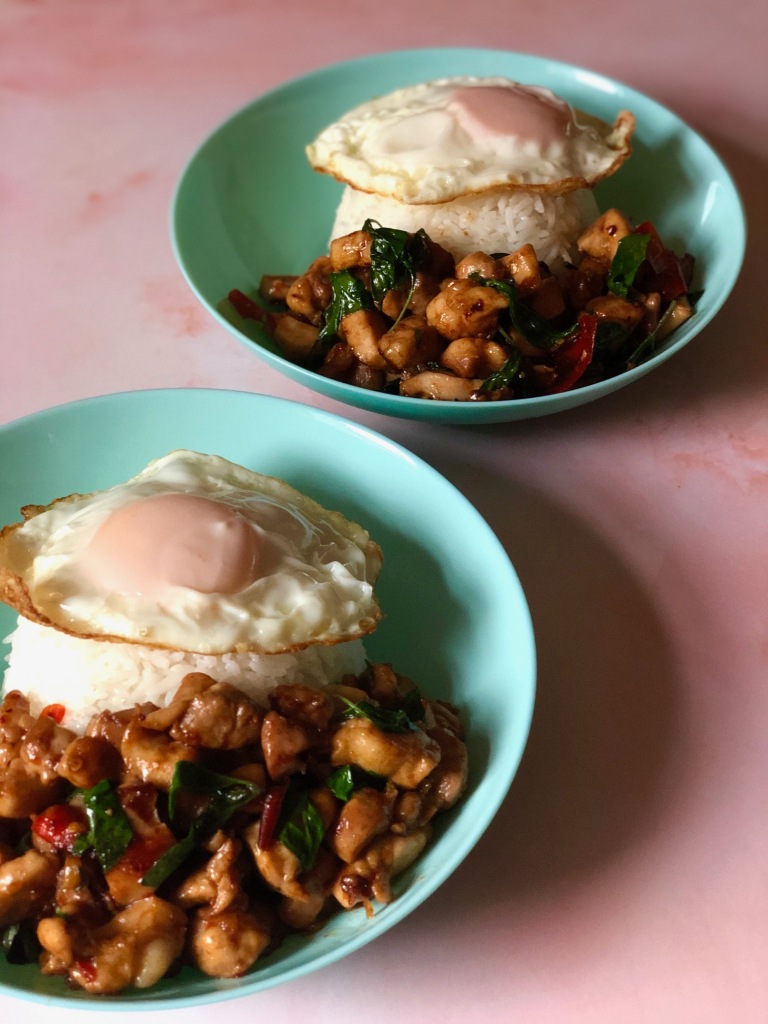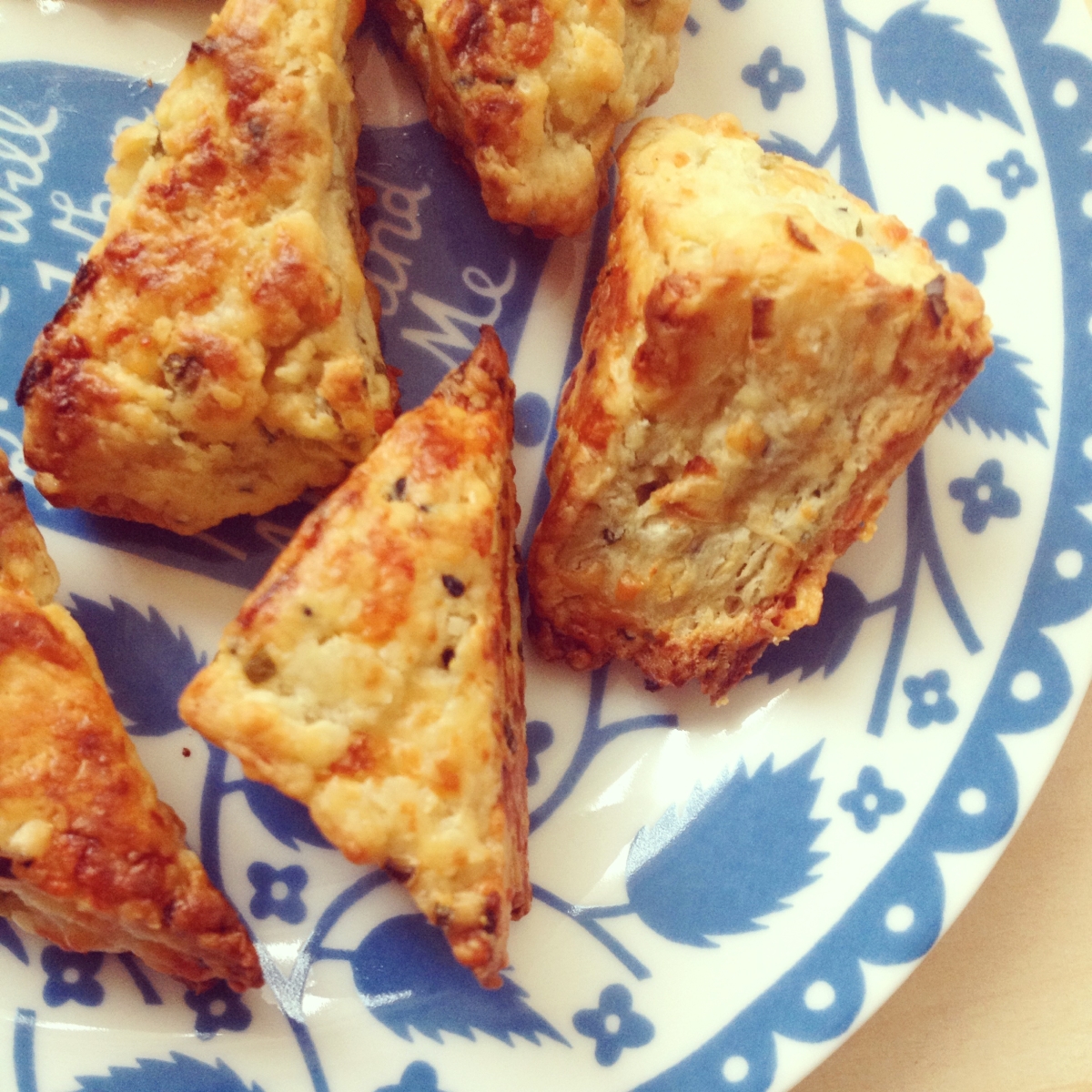So, it has been a strange old Summer hasn’t it? I’m back after a long hiatus, but felt there was really no better time than the present to share some nice dishes and document what I’ve been cooking up as of late.
At a time when everything feels so uncertain and up in the air, feeding and nourishing ourselves is so important. Also, the knowledge that there will be something delicious to look forward to at the end of the day is a real comfort and something I know I always look forward to. Even something very simple can be the most satiating. That is what has become hugely apparent to me during lockdown; simplicity, when it comes to food and many things for that matter, is so highly underrated.
There’s really a lot to be said for store cupboard cooking and the joys of creating something truely enjoyable with only a few ingredients. Many of my favourite meals over the past few months have been those which have come from the need to use up odds and ends in the fridge, all tied together with things I tend to always have in the cupboard. There’s nothing quite like resourcefulness to make a dish taste great! (You might think I’m joking here, but really though, when all those straggling leftovers turn into a surprising taste sensation and you’ve not only cleared room in your fridge but made a lightening-fast dinner that’s really hitting the spot? Well, I kind of feel like my stars have aligned!)

This simple Thai dish is real winner of a chicken dinner. I nearly always have some chicken in my fridge/freezer, chillies and garlic to hand, as well as staples like soya and oyster sauce, so if you’re the same, this can be whipped up at a moments notice. The Thai basil may be the only ingredient which can be harder to find, but these are unusual times, so just use what’s available to you whether that be regular basil or coriander. It won’t be quite the same of course, but I dare say it will still be delicious. As a matter of fact, holy basil is the variety you really want here for it’s full flavoured pepperiness, but any Thai basil is perfectly acceptable and that’s what I’ve used here.
* I doubled this recipe to serve two, but the ingredients I have listed will make one generous portion or 2 smaller portions. It is definitely better to stir-fry in smaller amounts if possible because the wok will stay nice and hot and cook much faster.
Ingredients
An egg, plus a couple of tbsp neutral oil for frying
2 or 3 skinless, boneless chicken thighs, diced into small pieces
5 garlic cloves, peeled
4-6 chillies, preferrably Thai chillies
1 tbsp neutral oil for frying
2 tsp oyster sauce
1 tsp light soya sauce
1/2 tsp dark soya sauce or kecap manis
1/2 tsp honey or sugar
A big handful of Thai basil, preferrably holy basil, leaves picked
Method
First things first, put on a pot of rice. You’ll be glad you did! Jasmine rice tastes particularly good with this.
Fry up an egg – Heat up a couple of tablespoons of oil in a wok or frying pan on medium-high heat. When the oil gets nice and hot crack in your egg, leaving it undisturbed so the bottom has a chance to get crispy. Take off the heat and finish it by spooning some of the hot oil from the pan over the top just enough to seal the yolk. Set this aside.
Next, the chicken – Pound the garlic and chillies together with a pestle and mortar. This just needs to be a rough paste, nothing too fine. You can coarsely chop these if you like, but pounding them helps to release a lot more of the oils and juices within the aromatics.

Mix up the oyster sauce, light & dark soya sauces and the honey/sugar, then set to the side.
Heat your wok on a high heat, adding about a tbsp of oil. Once it gets hot, add in the chillies and garlic and stir-fry until it becomes fragrant, about 20 seconds; any longer and they might burn and become acrid.



Add in the chicken and mix continuously for a few minutes until fully cooked and has a little colour. Next, add in your sauce and stir-fry for another 30 seconds or so. If it looks a little dry add a tiny splash of water.
(Bear in mind that quantities for the sauce are just a rough guide, so play with the ratio until it tastes just right for you!)
Lastly, put in a big handful of Thai basil leaves, take it off the heat and give it a good stir.
The residual heat will be perfect to wilt the basil just enough for it to retain all of it’s aromatic flavour and integrity.

Now just dish up a steaming bowl of rice and top it with the basil chicken and lacy, crisp fried egg. Hopefully you’ll be rewarded with an oozing, golden yolk to tie the whole thing together! And there you have one of Thailand’s most beloved street food dishes.
Humble in it’s simplicity, yet it’s vibrant flavour is anything but.
























